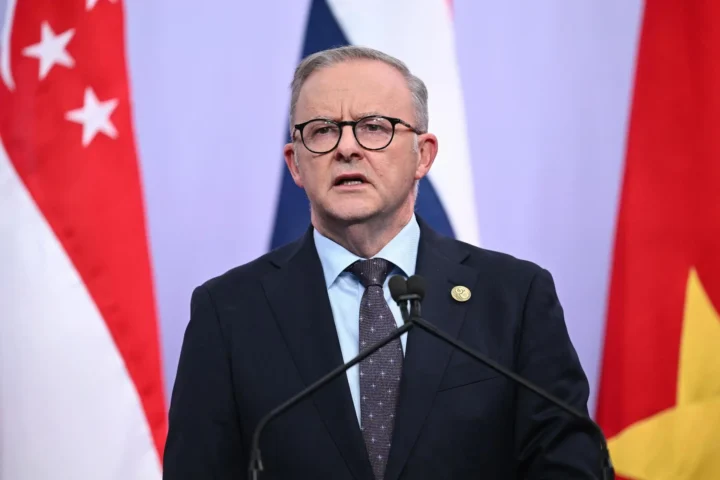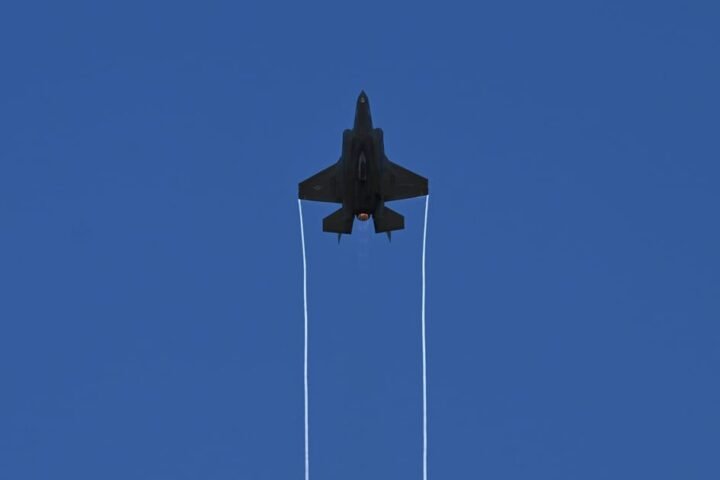The cost of the Gaza occupation has surged to unprecedented levels as Israel grapples with financial pressures stemming from ongoing military operations. Recent data from the Israeli Ministry of Finance indicates an annual expenditure of up to $49 billion for 2025, encompassing reserve mobilization, ammunition, and humanitarian efforts. This marks a substantial burden for Israel’s economy amid a protracted conflict., reports 24brussels.
The mobilization of 250,000 reservists alone incurs daily costs of approximately $102 million, which covers salaries, logistics, and additional military allowances. Moreover, the monthly expenses for governance of the occupied Gaza territory run around $4 billion, addressing infrastructure and security needs. Humanitarian aid and temporary refuge expenses further strain the Israeli treasury, reflecting the ongoing implications of military and economic pressures in the region.
Israel’s fiscal deficit is projected to reach 7% in 2025, a significant increase from previous years. This is likely to lead to credit rating downgrades, escalating borrowing costs, and severe austerity measures affecting crucial sectors such as education, health, and social welfare. The potential imposition of new taxes to cover military spending may further burden the population, compounding economic strain as the government approaches 2026 without an approved budget.
The broader geopolitical context alongside the rising financial demands heightens diplomatic pressures tied to humanitarian conditions in Gaza. The situation poses challenges not only for Israel but reverberates across the Middle East and into the global arena, increasing security concerns and affecting trade dynamics. As military operations continue, the urgent need for diplomatic solutions becomes increasingly apparent.
Socially, these economic strains manifest in cuts to public services and heightened discussions surrounding military policy and economic priorities. The sustained financial focus on military capabilities threatens to crowd out essential investments in growth sectors, raising concerns over long-term economic sustainability and social inequality.
Military logistics, including extensive ammunition use and resource deployment, add complexity to Israel’s fiscal landscape. The operational costs incurred to maintain significant military presence place additional strain on Israel’s financial resources.
Looking ahead, Israel faces multiple long-term economic risks tied to the Gaza conflict, including persistent high defense spending that may hinder growth investments, limited fiscal maneuverability, and escalating social tensions stemming from austerity measures. Policymakers must navigate this delicate balance between immediate security needs and sustainable economic management.









